At least they avoided another 90-loss season, right?
All posts by CarterHayes
Top Twins Tater Tattooists
In honor of Brian Dozier joining Harmon Killebrew in the 40 homer club, here are the single season franchise leaders in HR by position, presented three ways because "most homers by a [position player] is a very squishy conversation.
50% of games at primary position
| Pos | Player | HR | Age | Year |
|---|---|---|---|---|
| C | Mauer | 28 | 26 | 2009 |
| 1b | Killebrew | 46 | 25 | 1961 |
| 2b | Dozier | 42 | 29 | 2016 |
| 3b | Killebrew | 49 | 33 | 1969 |
| SS | Smalley | 24 | 26 | 1979 |
| LF | Killebrew | 49 | 28 | 1964 |
| CF | Hall | 33 | 25 | 1965 |
| RF | Allison | 35 | 28 | 1963 |
| DH | Davis | 29 | 31 | 1991 |
| P | Kaat | 3 | 25 | 1964 |
100% of games at primary position
| Pos | Player | HR | Age | Year |
|---|---|---|---|---|
| C | Battey | 26 | 28 | 1963 |
| 1b | Killebrew | 26 | 36 | 1972 |
| 2b | Dozier | 28 | 28 | 2015 |
| 3b | Gaetti | 34 | 27 | 1986 |
| SS | Versalles | 20 | 24 | 1964 |
| LF | Killebrew | 49 | 28 | 1964 |
| CF | Puckett | 31 | 26 | 1986 |
| RF | Brunansky | 27 | 24 | 1985 |
| DH | Thome | 25 | 39 | 2010 |
| P | Kaat | 3 | 25 | 1964 |
as X position
| Pos | Player | HR | G | Age | Year |
|---|---|---|---|---|---|
| C | Battey | 26 | 145 | 28 | 1963 |
| 1b | Killebrew | 44 | 160 | 31 | 1967 |
| 2b | Dozier | 40 | 135 | 29 | 2016 |
| 3b | Killebrew | 42 | 150 | 23 | 1959 |
| SS | Smalley | 23 | 161 | 26 | 1979 |
| LF | Killebrew | 49 | 157 | 28 | 1964 |
| CF | Puckett | 31 | 158 | 26 | 1986 |
| RF | Allison | 34 | 140 | 28 | 1963 |
| DH | Davis | 29 | 150 | 31 | 1991 |
| PH | Mincher | 4 | 46 | 26 | 1964 |
| PH | Lecroy | 4 | 19 | 28 | 2004 |
How Many Brians Dozier?
On a recent episode of Effectively Wild, the hosts were presented with the following scenario:
Let's say you run a team filled entirely with league-average players, and you're given the unique & magical option of replacing as many of those players as you like with Barry Bondses. How many Barrys do you take, where do they play, where do you hit them in the order, and how many games does the team win?
The hosts decided to answer the question three times: once for 2016 Barry Bonds, once for 1993 Barry Bonds, and once more for 2004 Barry Bonds. The hosts assumed that every starting position player & member of the rotation were roughly 2-win players, every bench player was slightly better than replacement level, and every reliever a 1-win player. Finally, they used the lineup analysis tool at Baseball Musings to generate a rough idea of how many runs their Bonds-fueled offense would score per game.
Let's substitute "Barry Bondses" with "Brians Dozier" and contemplate the scenario twice: once with full 2016 Brian Dozier, and once with post-17 June 2016 Brian Dozier. What are our answers?
On the full season, Dozier has posed a .349 OBP and .580 SLG. His value according to your preferred metric is 6.0 rWAR, 5.7 fWAR, or 4.7 WARP. Since 17 June, Dozier has a .369 OBP and .746 SLG. A league-average hitter across MLB would have a .322 OBP and .419 SLG, which is just about what Kurt Suzuki has managed this year (.319/.421). A lineup of store-brand Kurts Suzuki would score 4.510 runs per game.
Using the 1989-2002 model of the lineup tool, a lineup of eight full season Brians Dozier, plus a store brand Suzuki at catcher, would score 6.375 runs per game. A lineup of eight post-17 June Brians Dozier plus IGA Suzuki would score 8.177 runs per game.
Obviously you deploy a Dozier at second & shortstop, where he has significant experience, at DH, and at 1b (I mean, Ryan Howard plays there...). Dozier's roughly an average defender at second (Fangraphs has his UZR/150 at -0.9 over 5144 innings). At short he's a bit worse: -5.0 over 732.1 innings. But then it starts getting tricky.
Dozier has exactly 20 games at 3b in the pro level, none since he played 6 innings at third for New Britain in 2011. Reaction time is the big unknown and Dozier's limited range at shortstop becomes less important. Michael Cuddyer had a -8.1 UZR/150 at 2b over 532.1 innings and was -10.2 at 3b. Assuming Dozier's arm is weaker than Cuddyer's, but that he gets to a few more balls than his former teammate, we could say Dozier's probably in the neighborhood of a -3.5 defender at third.
Dozier has never played outfield in pro ball. Cuddyer was -8.1 over 7546.2 innings in right field. Cuddyer clearly made a deal with the SSS devil to get his 34.4 UZR/150 in 36 blessedly uneventful innings in center. Dozier is younger and more mobile than Cuddyer was, a plus for potential deployment in center, but his arm becomes more of a factor in the outfield. Frankly, your guess is as good as mine.
Since Dozier is a middle infielder you can relieve yourself of the burden of carrying a Denny Hocking on the roster to cover up-the-middle positions on the bench, but you probably need a backup catcher with Chris Herrmann's resume. Whether you carry eleven or twelve pitchers probably depends on your feelings about a bunch of 1-win relievers. Of course, you could elect to have a six-man rotation to give yourself one more 2-win starter.
So, how many Brians Dozier do you take – full season and post-17 June – to make up your team? Where do you play them?
Bull (Market) Dozier?
Brian Dozier is having himself one heck of a season. In the first 62 games (though mid-June), Dozier was OPSing below .700: .227/.325/.369, with only 7 HR & 12 doubles and a .250 BABIP. That put him on pace for this kind of season (pro-rated over 162 games):
| G | PA | AB | H | 2b | 3b | HR | BB | IBB | SO | HBP | BA | OBP | SLG | OPS | BABIP |
|---|---|---|---|---|---|---|---|---|---|---|---|---|---|---|---|
| 162 | 703 | 609 | 139 | 32 | 0 | 19 | 74 | 3 | 113 | 16 | .227 | .325 | .369 | .694 | .250 |
Here's what he's done since then:
| G | PA | AB | H | 2b | 3b | HR | BB | IBB | SO | HBP | BA | OBP | SLG | OPS | BABIP |
|---|---|---|---|---|---|---|---|---|---|---|---|---|---|---|---|
| 71 | 322 | 291 | 93 | 20 | 5 | 31 | 25 | 3 | 63 | 1 | .320 | .371 | .742 | 1.113 | .308 |
| 162 | 735 | 665 | 213 | 46 | 12 | 71 | 58 | 7 | 144 | 3 | .320 | .371 | .742 | 1.113 | .308 |
Take another look at that prorated home run pace. Since mid-June Dozier's been slugging the ball the way Bret Boone could only have dreamed.
But has he been hitting cheapies? According to Home Run Tracker, Dozier's average true distance this season is 397.7 feet, which is just below the AL average (399.2 ft) and his average speed off the bat is 103.7 mph, just a tick below average (103.9 mph). Only two of his homers have been hit to the right of dead-center (off Cesar Ramos in Arlington & Carlos Rodon in Chicago). Home Run Tracker rates 8 of Dozier's homers as "No Doubt" clouts, which ties him with the following players: M. Machado, E. Longoria, B. Harper, M. Trout, D. Ortiz, E. Gattis, M. Cabrera, C. Gonzalez, A. Duvall. Some notable names with No Doubt hits that don't speak as loud: J. Donaldson, M. Sano, A. Rizzo, P. Goldschmidt, K. Morales, P. Alvarez, J. Upton, A. Beltre. Dozier is tied with Adrian Beltre for 5th in "Just Enough" homers, trailing both Jay Bruce & Robinson Cano (and one ahead of his playfully mephitic fellow keystone slugger Rougned Odor). Draw what conclusions you will, but it seems that Dozier's been neither wildly lucky or Thor-like.
Dozier's been just about as good on the road as he's been in Minneapolis:
| Split | G | PA | AB | H | 2b | 3b | HR | BB | IBB | SO | HBP | BA | OBP | SLG | OPS | BABIP |
|---|---|---|---|---|---|---|---|---|---|---|---|---|---|---|---|---|
| Home | 68 | 300 | 272 | 78 | 18 | 3 | 19 | 22 | 2 | 51 | 3 | .287 | .343 | .585 | .928 | .288 |
| Away | 65 | 291 | 252 | 68 | 14 | 2 | 19 | 31 | 2 | 55 | 4 | .270 | .356 | .567 | .924 | .272 |
Fangraphs' David Laurila wrote up Dozier's insight on his approach just last month (August 5th). Dozier had homered the night before (#22), "putting him on pace to match last year's career-high total of 28" as Laurila noted. The article's worth your time if you haven't read it already. I won't recap any of it here, other than to say I hope Dozier's philosophy is respected by the coaching staff & front office, and that he shares it more widely in the clubhouse. Last week Fangraphs' Scott Strandberg followed up on Laurila's interview with some analysis of Dozier's new swing mechanics. In a piece published at Fangraphs today, August Fagerstrom observes that Dozier currently is second on MLB leaderboards for two metrics: home runs (behind Mark Trumbo) and ISO (behind David Ortiz). What Dozier has done is truly historic. Fagerstrom: "[Dozier's] .298 ISO is the highest unadjusted figure in the expansion era (1961-present) for a second baseman and the highest by any second baseman not named Rogers Hornsby in baseball history (emphasis mine). Adjusted, Dozier is 6th since 1961, behind Joe Morgan ('76), Davey Johnson ('73), Bobby Grich ('81), Ryne Sandberg ('90), and Grich again ('79). A truly impressive list no matter which way you make it
That list also suggests something else: that Dozier's best days as a player may well be happening right now. Will the Brian Dozier we know right now – or, heck, even the Brian Dozier of 2014 & 2015 – be a solid contributor on the next great Twins team?
Dozier will be in his age-30 season next year. We all are familiar with the aging characteristics of bat-first second basemen, and if you figure Dozier's defense is about league average (as most metrics suggest), then the question begins to be shaped by forces outside of Dozier's control. Will the next great Twins team come before Dozier is a significant liability in the infield? Jeff Kent & Dan Uggla are proof that a team can trot out a mediocre defender at second base for a good long time if he averages 25+ bombs a season. If Dozier can keep that up, the answer two both questions is probably "Yes."
To finally get to the question raised in the title of this post: should whomever the Twins name as their new GM aggressively shop Dozier this winter?
Last season the Twins signed Dozier to a deal that has been very club-friendly to date: 4 years/$20 million. After this season Dozier is due $6 million in 2017, followed by $9 million in 2018. As the value of a win continues to rise (currently somewhere around $6 million $8 million per win), Dozier promises to offer significant value as long as he can stay on the field and manage at least the 2.4 rWAR/3.3fWAR he posted in 2015. By keeping him, the Twins have one major, veteran bat in their lineup for two more seasons. (With, I might add, a great approach to hitting, whether the front office appreciates it or not).
On the other hand, however, Dozier's contract and production could be extremely attractive to clubs looking to contend in 2017. The most appealing free agent second basemen this winter are probably Neil Walker, Chase Utley, and Kelly Johnson.
The major wrinkle in pursuing any trade is figuring out what teams might be looking to upgrade at the keystone next year. Of the obvious contenders, the Dodgers & Cardinals both make plenty of sense, but other likely first-league clubs are pretty well set at second: Cubs (Baez/Zobrist), Astros (Altuve), Rangers (Odor), Red Sox (Petunia), Blue Jays (Travis), Pirates (Harrison), Marlins (Gordon), and so on. Any non-Dodgers/Cardinals trade would probably need to happen with a team that is out this year but likes its chances next season.
So the question is, if you're the Twins' new GM, what do you do?
August 10, 2016: Fielder
For all the media talk about Prince Fielder's stardom, I thought this was pretty interesting:
| Dude | Seasons | rWAR | fWAR |
|---|---|---|---|
| Justice | 14 | 40.5 | 40.4 |
| Hrbek | 14 | 38.4 | 37.6 |
| D Lee | 14 | 34.3 | 34.5 |
| T Martinez | 16 | 28.8 | 28.7 |
| Konerko | 18 | 27.6 | 23.2 |
| Morneau | 14 | 27.1 | 22.8 |
| M Vaughn | 12 | 27.0 | 31.1 |
| Klesko | 16 | 26.9 | 30.1 |
| Fielder | 12 | 23.8 | 26.8 |
| Brunansky | 14 | 21.8 | 23.3 |
I don't have any particular conclusion in mind (and I don't mean to diminish Prince's career), but I doubt many observers would have perceived Fielder's value to be as limited as it was – by whichever flavor of WAR you like. That contract was a disaster on more than one level.
20 June 2016: Terry Ryan Needs to Go
Ryan, in his semi-regular radio appearance Sunday, said that the current plan is for Miguel Sano to go on a rehab assignment later in the week. And when the big guy returns to the majors, it won't be as an outfielder.
He'll DH, the general manager said, while deferring to the absent manager, Paul Molitor. He'll play third base some. He might even play some first base. But not right field, which was Sano's usual position before his hamstring pull, because of the leg issues. Sano's future? Said Ryan: "No question, it's third base."
1 June 2016: Sanope
Sano to the DL with a bad hammy and it's barely June. Maybe I should've taken the under on 55 wins...
Walk Don’t Run
The item I shared yesterday about Bryce Harper’s Mother’s Day batting line had me wondering whether any team with a batter posting six walks had lost the game. I’m not spoiling a surprise by saying Harper’s achievement was unprecedented on the losing side of a box score.
I thought it would be interesting to see if there were any functional equivalents to Harper's 6 BB, HBP line – something to the effect of 7 BB, or 5 BB 2 HBP, or 4 BB, 3 HBP – and if so, how many. Here’s what I found via Play Index:
No player has ever “batted” a 7 BB line in the Play Index Era (1913-present). No player has “batted” a 5 BB, 2 HBP line. Likewise, no player has ever “batted” a 4 BB, 3 HBP line. (In fact, no player has ever had even a 4 BB, 2 HBP game.) So, this is a fairly historic achievement.
There have only been four games since 1913 in which a player has walked six times. For the sake of interest, let’s throw in any player who has “batted” a functionally equivalent 5 BB, HBP line. Why not include hits in my definition of “functionally equivalent”? See the title of this post.
Anyway, that brings us to six total games, and six unique players:
| Dude | Date | BB+HBP |
|---|---|---|
| Player V | 13-09-1974 | 5 BB+HBP |
| Player W | 30-06-2000 | 5 BB+HBP |
| Player X | 16-06-1938 | 6 BB |
| Player Y | 02-05-1984 | 6 BB |
| Player Z | 20-08-1999 | 6 BB |
| Harper | 08-05-2016 | 6 BB+HBP |
Here’s where it gets interesting.
Harper “batted” his line in a 13 inning game, appearing at the plate in the first, third, fourth, sixth, eighth, tenth, and twelfth innings. Of Harper’s six free passes, three were intentional.
Let’s work backward from 2016 and look at the others. Our first jump takes us back sixteen seasons.
Player W was the most recent player to walk five times (one intentional) and get plunked for an additional visit to first base. His OPB climbed from .387 to .396, but his OBP slid back down the mountain by over twenty points by season's end. Here’s his line from that fifteen inning game:
8 PA, H, 2 RBI, 5 BB, HBP
Jump back one more season. Player Z was the most recent player to walk six times, which included two intentional passes. His OBP jumped from .447 to .451 at the end of the day, on its way to a humid .454 at the end of the season. Here’s his line from that sixteen inning game:
8 PA, R, 6 BB, SB
Fifteen seasons earlier, Player Y “batted” the second-ever six walk game. It was early in the season, but a nearly 40-point jump in OBP is still impressive. Six walks certainly put some growl in his stat line. Apparently the pitchers he faced could hear it; two of his walks were intentional. Here’s his line from that sixteen inning game:
8 PA, R, 6 BB
Jump back another ten seasons. Player V’s day was something else; I challenge you to find anything quite like it. He earned five walks, including two intentional, heloping raise his OBP from .386 to .393 in one September game. (He finished the season just downriver of that high water mark, at .389.) Here’s his complete line from that seventeen inning game:
9 PA, H, RBI, 5 BB, HBP, GDP
Roll back forty-six more seasons. Finally, we get to Player X and the day he embarked on a sextet of gratuitous constitutionals, the first in recorded baseball history. When I was looking for functionally equivalent lines to 6 BB, one of the search metrics I used on Play Index was BB >= 6, PA >= 7. I was just curious to see what might come up. Turns out, what was more interesting was what didn’t come up. One player of the Six Walk Quartet was missing.
Player X, who walked in every plate appearance he made that day. Here’s his line:
6 PA, 2 R, 6 BB
Compared to what we’ve seen above, that might seem almost boring – at least as boring as getting on base six times in six chances could be. Sure, it was the first six walk game. If something can be done, somebody always has to be the first to do it.
Aesthetic aside: What’s more suspenseful to watch – a player going for his sixth walk of the game, or his sixth hit? There have been exactly one hundred six-hit games since 1913, but only four six walk games. One is certainly more rare. But which plate appearance is more exciting to watch? Is your answer the same as it would be for watching Ted Williams go for his 85th consecutive game reaching base vs. Joe DiMaggio go for his 57th consecutive game with a hit?
Here’s where it gets really interesting.
Look back at the lines above. I didn’t mention something. What’s missing? Go on, I’ll give you a minute. (If you were paying attention, or if you've read about Harper's day elsewhere, you might be able to guess already.)
Player X wasn’t just the first.
Player X is the only.
Of the six players who have walked or walked and been beaned over to first base six times in a game, only Player X did it in a nine-inning game.
Six walks in nine innings. Only been done once.
httpv://youtu.be/hIuIIqbyEIU
Khatchadour Tankian – Bari Arakeel (feat. Serj Tankian)
The love – the love for the music, the love for the culture, the love of father & son – is palpable in this video.
Pops Hayes and I had a falling out when I was sixteen. I moved out of his house and never moved back. I spent a lot of time in my teens and early twenties trying to define myself as anything other than what I saw in him. Eventually that meant running away from the life I was living. The dangers implicit in that new life eventually led to a reconciliation, one which he initiated & worked at until I trusted him enough to reach for the outstretched hand. Getting to know Pops again as an adult eventually led to friendship. Getting to know him as a humble, dying man ennobled by his approach to mortality led to admiration. Getting older without him has led to recognition – I see him in my face, I see him in my better moments, I see him in my less admirable moments. I might have succeeded in completely defining myself as something apart from him, but I don't think I would succeeded at maintaining that difference forever.
Pops laid the foundation for a lot of my musical taste. I grew up listening to Johnny Cash & Chicago, Louis Armstrong & CCR, polka on KWNO, bluegrass on WIZM, & oldies on KQEG. As I got older, my sonic adventurism led me to new musical places. Once we were back on speaking terms, we spent a fair amount of time talking about music. Pops didn't always like the stuff I brought him – he didn't care for Johnny Cash's American Recordings albums, for example – but he kept an open mind.
With one exception, the music I've played this week is stuff I've discovered since Pops died. It's stuff I would've liked to share with him, to hear what he thought. I think he'd really have enjoyed most of it, and at least been intrigued by all of it. We aren't Armenian, so "Bari Arakeel" has no special cultural significance to my family. But the performance...I know Pops would have been interested in the music. I know he would've recognized the love.
It'll be five years tomorrow. I love you, Pops.
Cécile McLorin Salvant – Nobody
What makes a vocal artist truly incomparable? Power? Range? Fluidity? Tone? Idiosyncrasy of delivery? Some singers have all three: Hank. Ella. Sinatra. Odetta. Sam Cooke. Elvis. Little Richard. Johnny Cash. Ray Charles. Patsy Cline. Otis Redding. Aretha. James Brown. Diana Ross. George Jones. Wilson Pickett. Nina Simone. Solomon Burke. Mavis Staples. Al Green. Dolly Parton. Marvin. Stevie Wonder. Tom Jones. Freddie Mercury. Prince. Tina. Michael Jackson. Chris Cornell. Adele. Gregory Porter.
Cécile McLorin Salvant has all those same qualities. She sings in a genre not many people are listening to anymore, but she's only 26. She'll be on that list someday. One more from the same WNYC session:

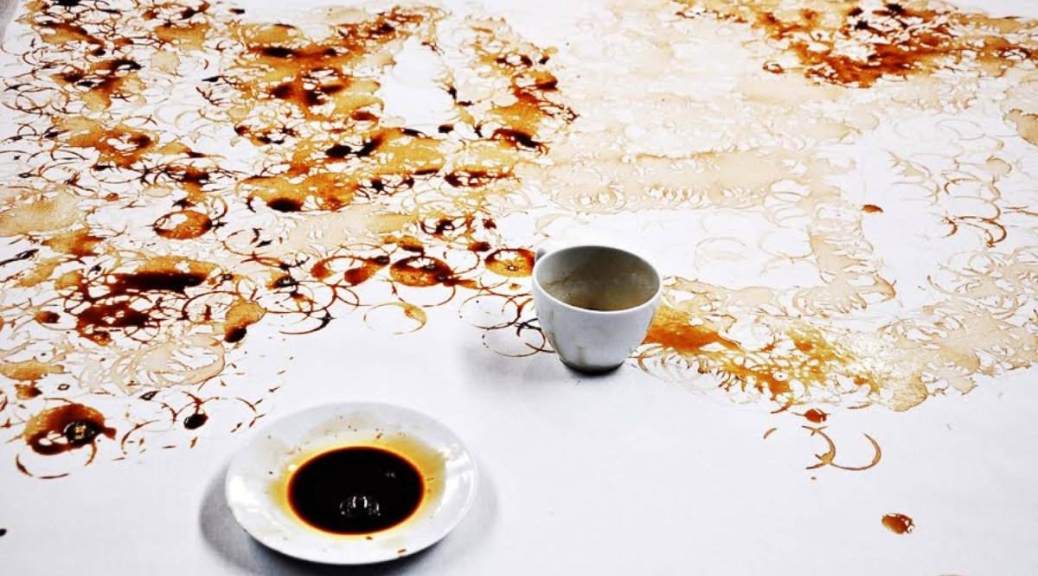

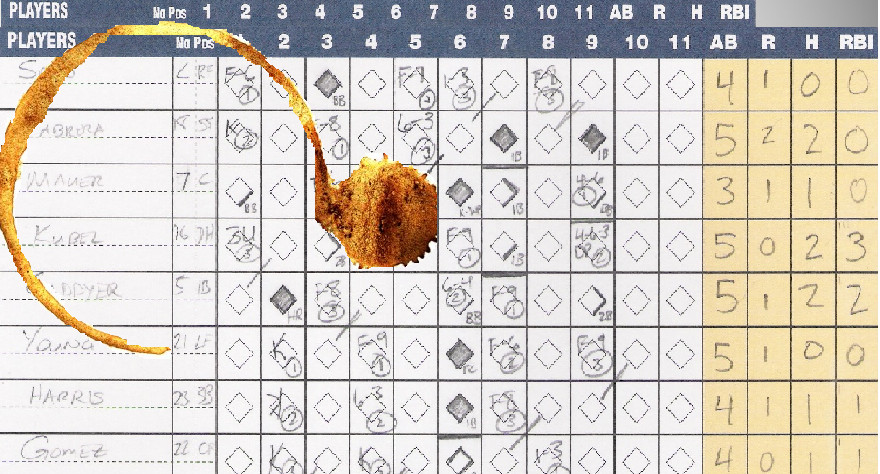
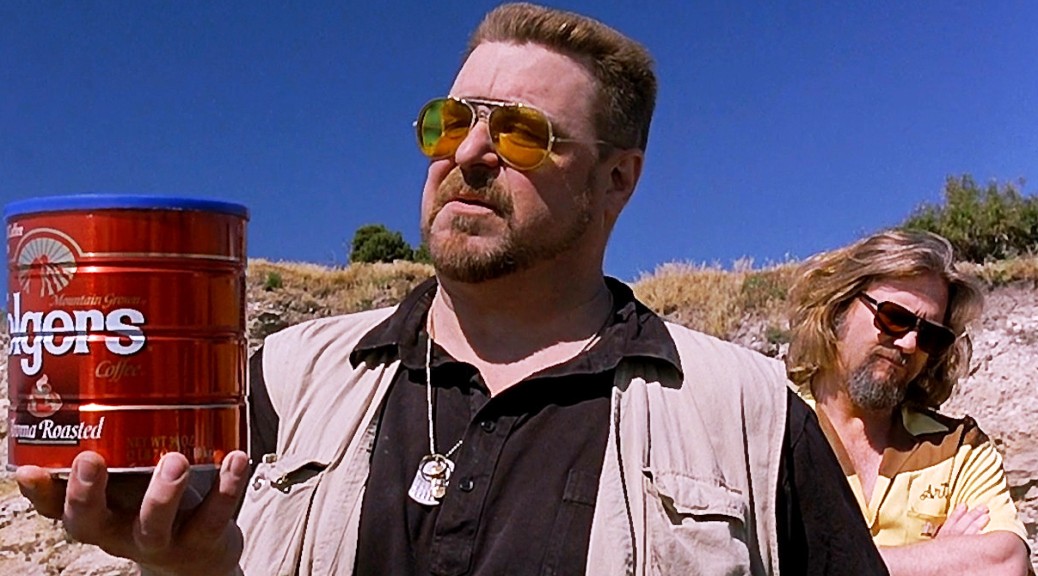
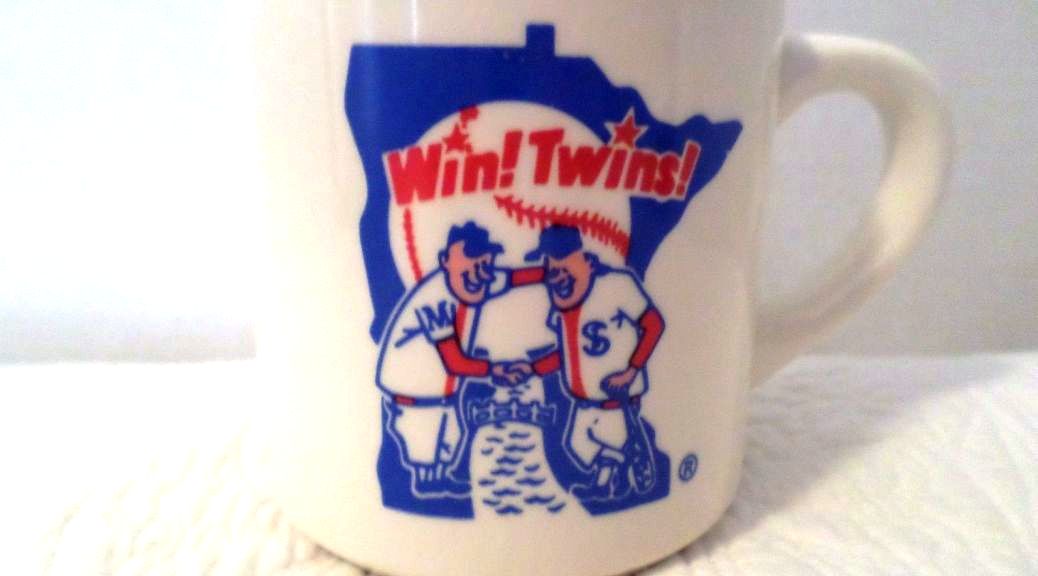
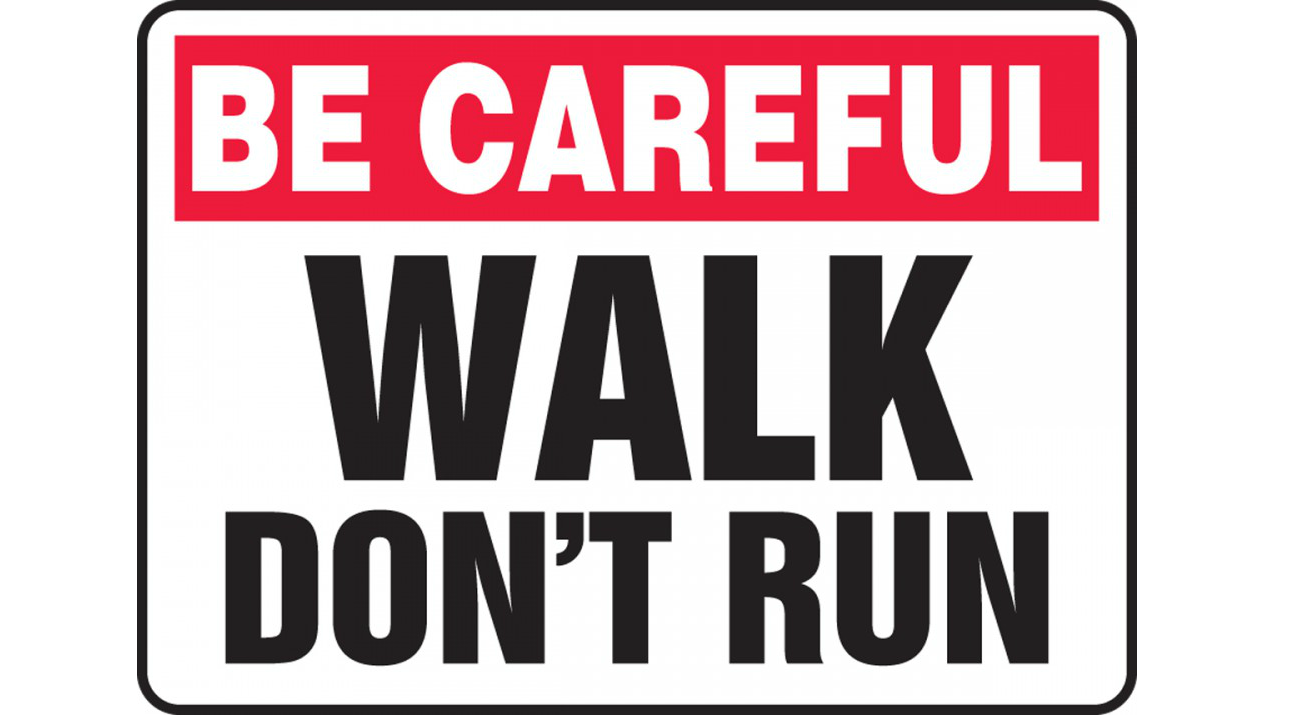


 (2 votes, average: 8.50 out of 10)
(2 votes, average: 8.50 out of 10)